Market Share
Feed Mycotoxin Detoxifiers Market Share Analysis
In the Feed Mycotoxin Detoxifiers Market, businesses use different ways to place themselves in a strong position. They want to make sure they have lots of customers and meet changing needs from this industry. Making things unique and new is the main plan for separating products. Firms spend money on new ideas and inventions to make better detoxifiers. They use special ingredients and technologies that make their products work very well while also being safe for everyone. Strategies for placement often include giving cleansers that fix a full range of mycotoxins. Firms want to give answers that can get rid of many different mycotoxins. This makes sure they work well in lots of situations where things might be contaminated. Working with research groups is a smart choice. Companies work with schools and research places. This helps them get new knowledge, be aware of growing issues from harmful molds called mycotoxins, and make sure their products for cleaning are scientifically good. Growing in size is very important for how you fit into the market. Firms that carefully enter new places can face growing mold problems, get more customers and change their cleaning answers to deal with region-specific dirt issues. Making detoxifier mixtures for certain types of animals is a smart way. Understanding that animals have different stomach systems and weaknesses, businesses make special mixtures to meet the needs of chickens, pigs, cows and other kinds of farm creatures. Good marketing and branding are needed for people to see your product in the market. Businesses put money into making good brand pictures, carrying out planned marketing efforts and becoming stable mycotoxin detoxification help providers. Using natural and environment-friendly things matches what the market wants. Businesses place themselves in a good spot by providing natural and green-based detox products. This meets people's desire for environmentally friendly solutions that are also sustainable. Checking for new mycotoxin trends regularly is a major must in strategy. Firms that keep up with changing pollutants can change their cleaning solutions on the move. This shows they are ready to face new tests in the market and show commitment towards it. Setting up customer learning and training programs is very important. Businesses that not just sell products but also give useful tools, learning and educational stuff about mycotoxin dangers and ways to clean up are helpful in creating customer faithfulness.


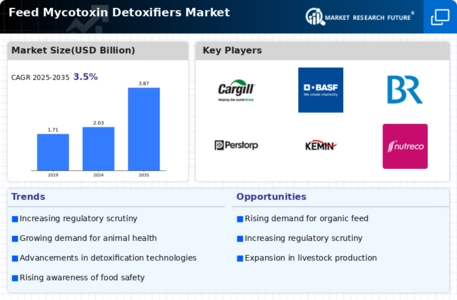
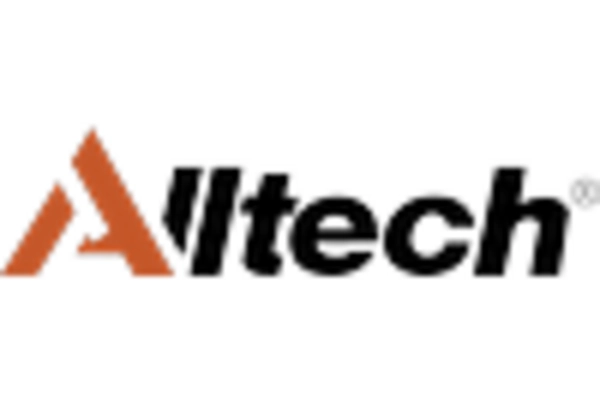

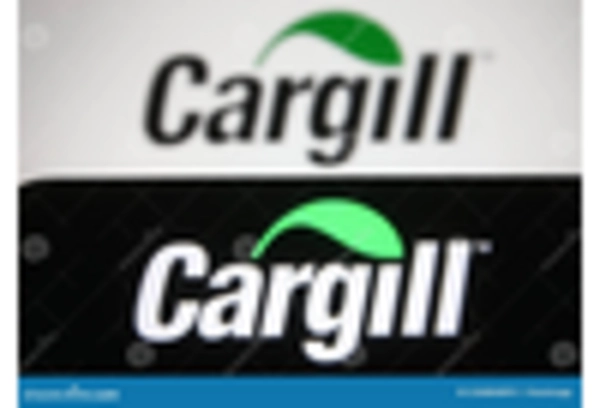

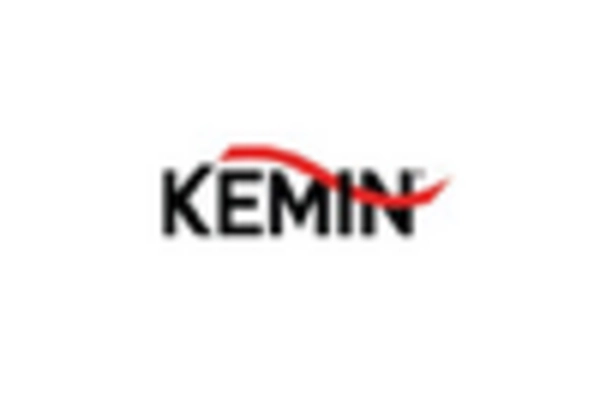
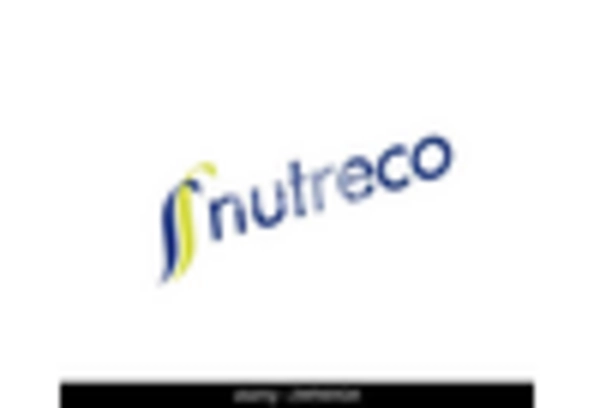









Leave a Comment